| The dark blue normal fruit of the serviceberry, along with one infected with Cedar apple rust |
It seems to be an OMG summer. Unusual things are happening after all the rain of spring 2011 – including a problem on my usually problem-free serviceberry (Amelanchier).
OMG, what’s that? …was my reaction on seeing the intriguing spikes growing out of the berries above. In more than a decade of cohabitation, I’ve never seen my serviceberry tree perform such an interesting permutation. Not only on one berry, but many. Once collected, they left a red dust.
Google is often my friend in such situations. My problem was revealed to be cedar apple rust.
Blame the wet spring for this fungal disease that attacks members of the large rose family, including apples and serviceberry. It’s a disease that requires two hosts to survive, hence “cedar apple” in the name. As both hosts must be present, it pays to consider plant pairings to avoid infection.
Interestingly, the “cedar” at fault isn’t what Canadians call cedar and Americans call arborvitae – trees in the Thuja family. It’s juniper (Juniperus), which despite having a perfectly good name of its own is sometimes called Eastern red cedar. Neither are directly related to the true cedars, Cedrus, which include the Cedar of Lebanon. Then, of course, there are “cedars” among the Chamaecyparis and…
Scrutiny of my only juniper (an ancient ‘Blue Rug’) didn’t reveal evidence of the cedar side of the ménage à deux, but I’ll be watching for the yellow, gelatinous, alien-looking form next spring.
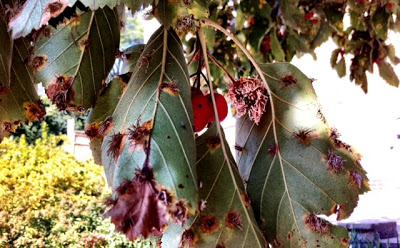 |
| The telltale signs of Cedar-Hawthorn Rust |
Ain’t nature marvellous?
[UPDATE: With its long, cool, wet preamble of spring, 2011 seems to be the summer for Gymnosporangium fungi, which cause a variety of rusts. Check out our September 2011 post on Pear Trellis Rust. I’ve also added a shot at right of what this rust family looks like on hawthorn trees (Crataegus), when of course it is known as Cedar-Hawthorn Rust. In all cases, the “cedar” host is actually Juniper. ]

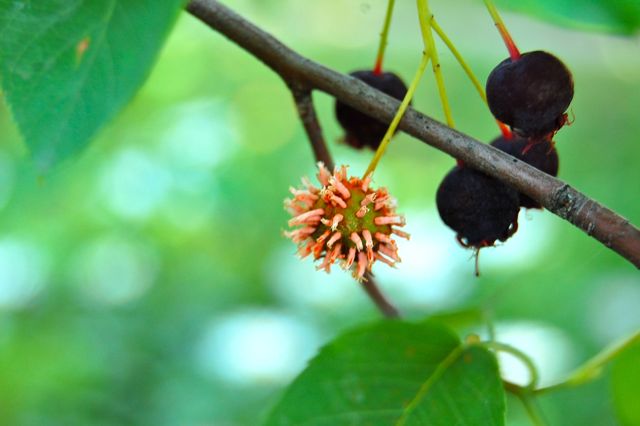
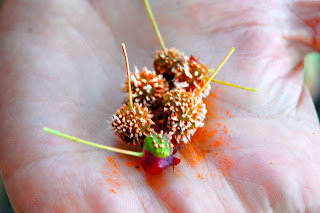
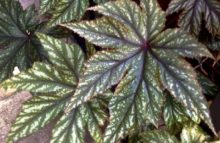
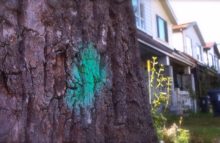
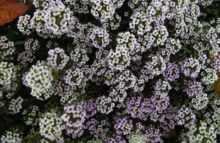
3 comments
Kinda ucky-looking, although intriguing!
So, how do you get rid of it? Just spray the trees with a fungicide?
Emily, It's difficult to control on the serviceberry, as Juniper is the active carrier. The link in the article above will tell you more.
If you live in Ontario, there is also the Ontario Pesticide Ban to consider, which restricts cosmetic use of pesticides, including fungicides (except for sulphur-based ones) in home gardens. If you have a real problem, you might consult a certified arborist.